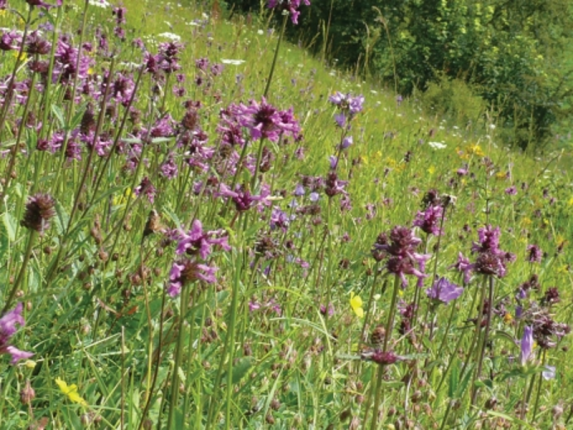Free entry Family friendly
About
Brockadale is in the valley of the River Went as it flows through a craggy, steep-sided gorge formed after the last ice-age when glacial melt-water burst through the magnesian limestone rock. Now the river meanders along the flat-bottomed valley.
The nature reserve is particularly important for its flowery slopes, which have never been ploughed. Such grassland habitat is now rare, with magnesian limestone only existing in a narrow band stretching from Nottingham to Durham, its soil producing excellent farmland. The site’s flowers only survive because the valley sides are too steep to cultivate.
Around 350 species of plants grow on the reserve, some of which are scarce. Early flowers such as cowslip, common dog-violet and spring cinquefoil, well suited to the limestone soil, can be seen in spring. Native plants such as rock-rose follow, as well as orchids, salad burnet, yellow-wort, betony, field scabious and, in August, a profusion of clustered bellflower.
Butterflies abound in the meadows, with the spectacular marbled white and dark green fritillary unmissable in July. Day-flying moths like six-spot burnet and chimney sweepers are common, with close to 300 species of moths having been identified on site. The mixed woodland is home to woodland butterflies like speckled wood and white-letter hairstreak.
Around 40 species of bird breed on the nature reserve. Great spotted and green woodpeckers, nuthatch and long-tailed tit are resident, whilst warblers such as chiffchaff, willow warbler, blackcap and whitethroat are summer visitors. Yellowhammer and bullfinch are frequently seen in the hedgerows; kingfisher can be spotted along the river; and buzzard and kestrel may pass overhead.
Access facilities
- Guide Dogs Welcome
Venue Details
Find us at
Leys Lane, Little Smeaton, Pontefract, WF8 3LJ
info@ywt.org.uk
Venue Facilities
- Dog Friendly
